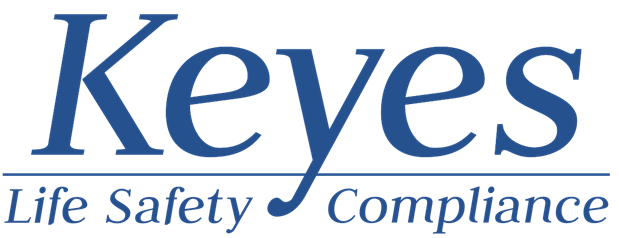
Your resource for expert Life Safety Code® and compliance insights.
Here you’ll find responses to readers' questions, interesting observations from the field, and more.
The world of healthcare compliance is constantly changing. Stay in the loop by subscribing to our free knowledge hub to get updates delivered right to your inbox.
Responding to the Source of the Fire
Early detection and suppression systems are the best form of preventing those fires from getting out of control.
Fire Response Team
What we see in the Life Safety Code is a requirement to have a written fire safety plan that instructs the healthcare worker how to respond to a fire, and you need to instruct your personnel on the fire safety plan.
Looking for something specific?
Search for a keyword, phrase, or topic to narrow in on related results or select from the tag list below.
- Alcohol
- Alcohol Based Hand Rub Dispensers
- Batteries
- Business Occupancies
- Ceilings
- Circuit Breaker
- Clean Supply Room
- Corridors
- Data Closets
- Door Locks
- Doors
- Electrical
- Electrical Receptacle
- Emergency Lights
- Emergency Power
- Environment of Care
- Evacuation
- Eyewash Stations
- Facilities Management
- Fire Alarms
- Fire and Smoke Dampers
- Fire Caulk
- Fire Detection Systems
- Fire Doors
- Fire Drills
- Fire Extinguishers
- Fire Response
- Fire Suppression Systems
- Fire Watch
- Flammable Liquids
- Generators
- Hazardous Areas
- Healthcare Occupancy
- Humidity
- HVAC
- Inspection
- Interim Life Safety Measure (ILSM)
- Joint Commission
- Life Safety Code
- Maintenance
- MRI
- Negative Air
- New Construction
- NFPA 99
- Operating Room
- Oxygen Cylinders
- Patient Rooms
- Power Strips
- Risk Assessment
- Shower Curtains
- Signs
- Smoke Barrier
- Smoke Detectors
- Smoking
- Sprinklers
- Stairwells
- Storage Room
- Temperature
- Testing
- Testing and Inspection
- Vacuum Pump
- Waivers
- Wall Decals
- Waste Containers
- What Happened
